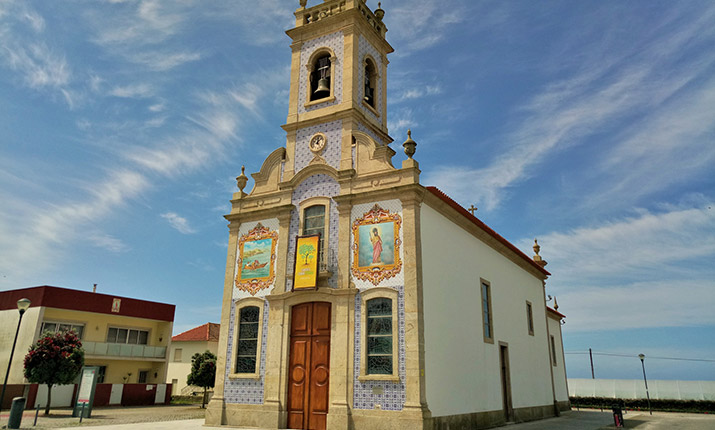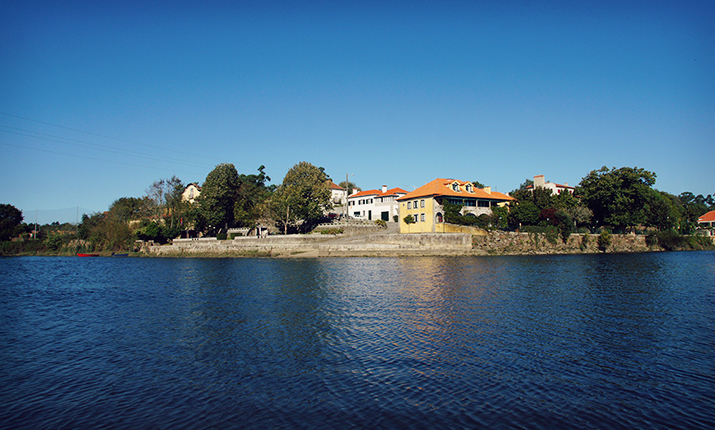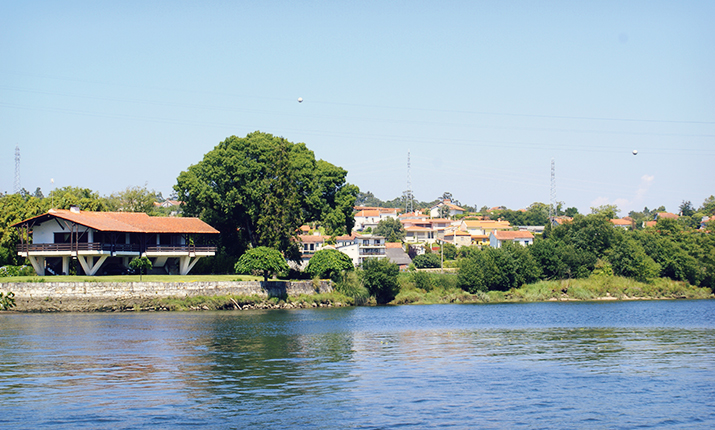
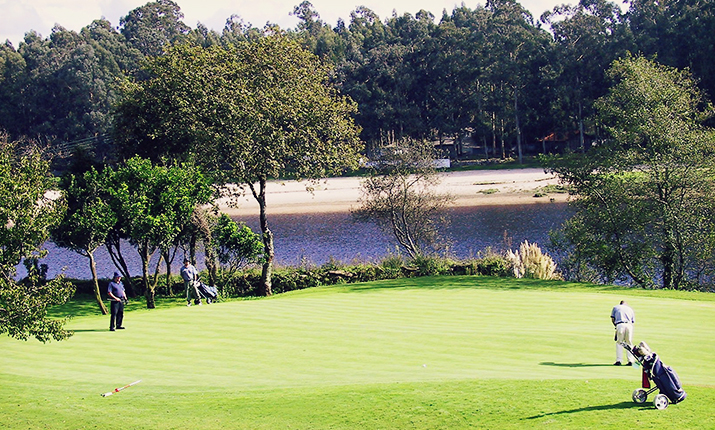
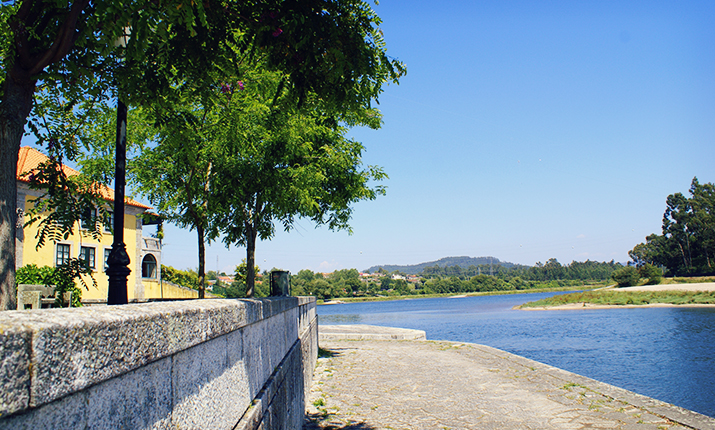
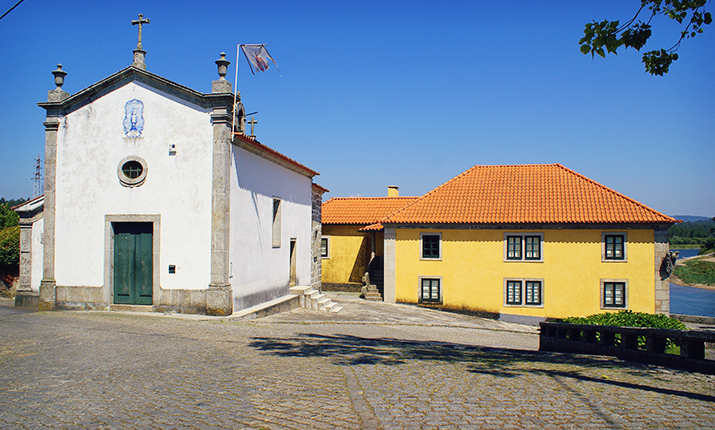
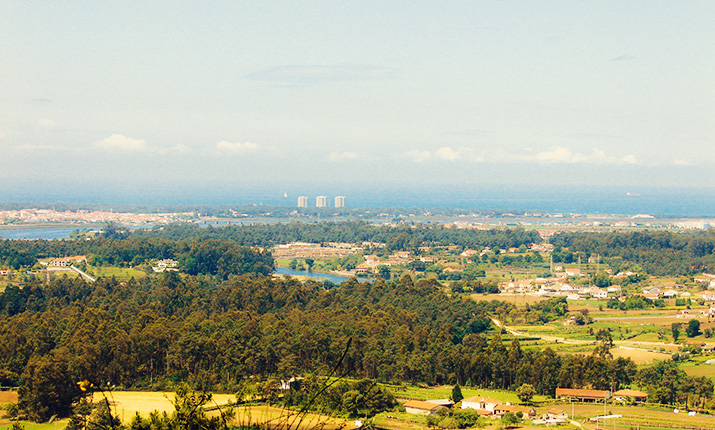
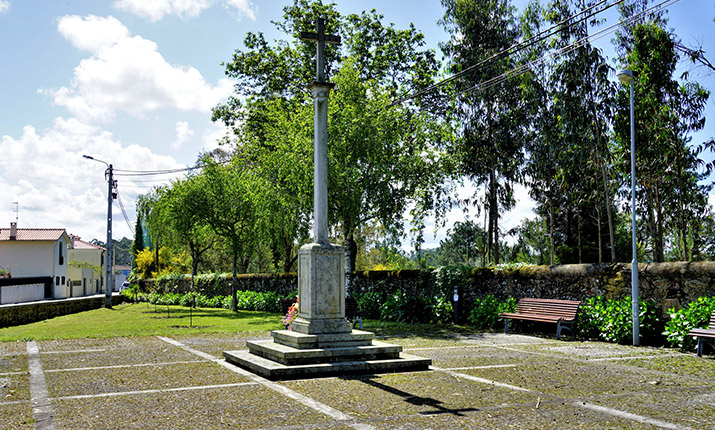

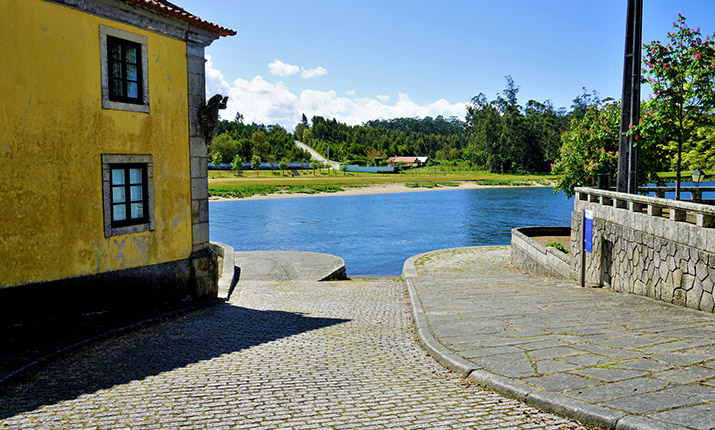
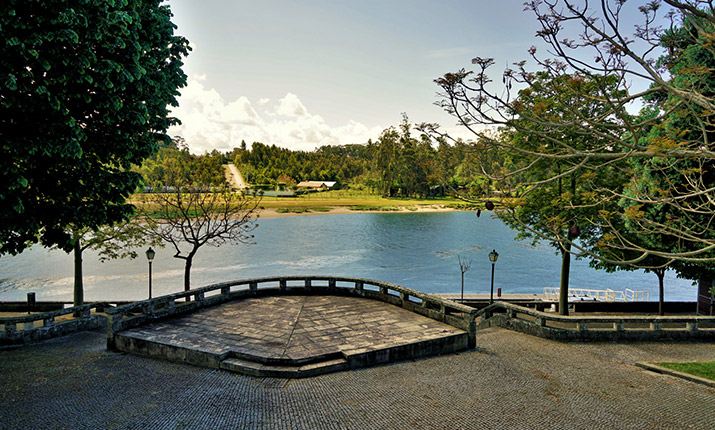
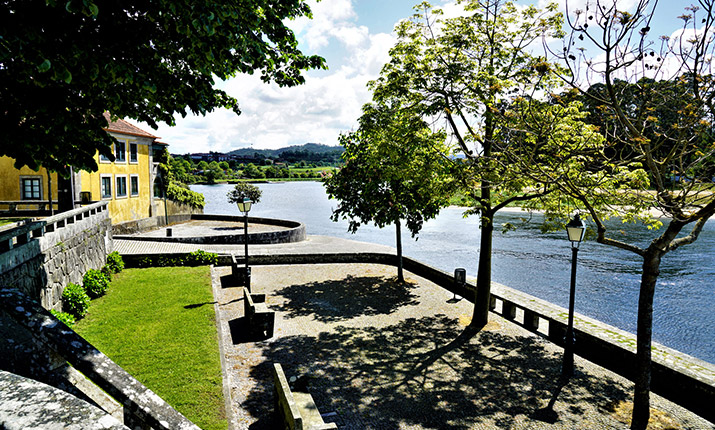

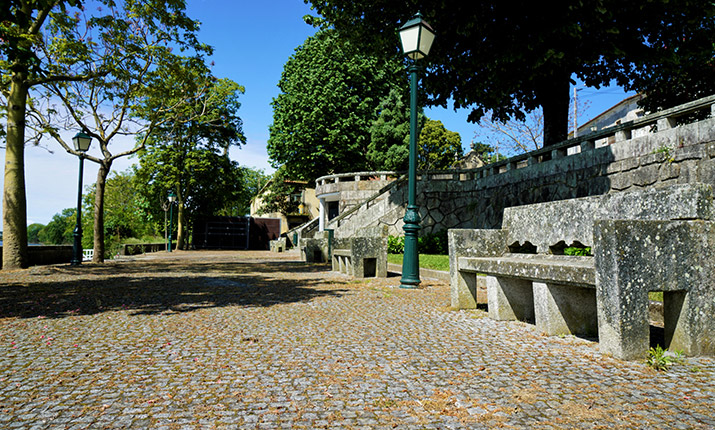
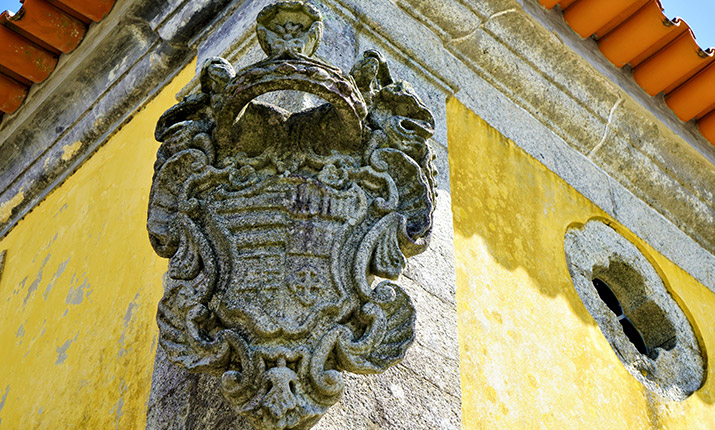
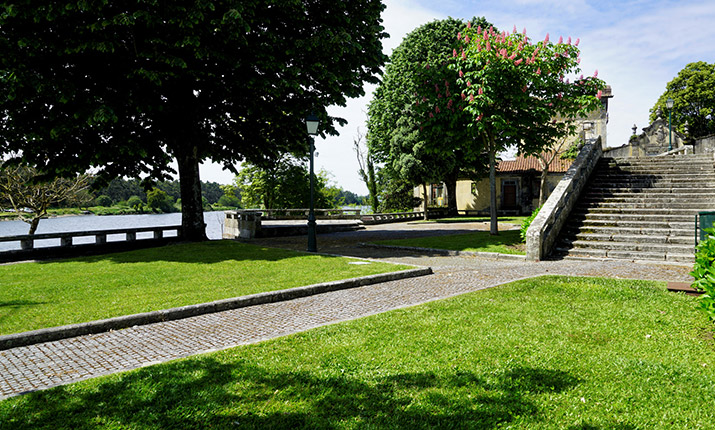
Gemeses
Here, the Cávado River is wide, quiet and overflowing its low banks - quite similar to a lake. While there was no bridge over the river, this was one of the best places of passage since ancient Roman times and the Middle Ages, in which it became the passage point for pilgrims traveling towards Santiago de Compostela. For this reason, the " Barca do Lado" ( the small river crossing boat that gave the name to this place) connected the two banks in a constant back-and-forth, according to demand. On both banks, there were boatmen who met the demands of travelers from any social condition. When D. Manuel I was on a pilgrimage to Compostela, he traveled on his boat, which was the only reasonable way to cross de Cávado River.
The place is so pleasant that the manor houses settled here. There were dwellings of emblazoned families on each bank. Around the lake, there was activity all year round. More recently, the "Barca do Lago" lost its function when the bridge over the Cávado River was built, facilitating the passage of people and goods. However, this place gained another attraction when leisure and water sports started to be integrated with people's daily life. For the extraordinary conditions it offers, whether on the banks or on the waters of Cávado River, Barca do Lago is a very popular site. Shall we go canoeing upstream in a smooth glide to establish direct contact with nature?
According to legend, in the 13th century AD, in a fishing net that some fishermen pulled in, an image of Our Lady appeared to them. Such appearance created rumors and amazement in the neighborhood, and it did not take long for the people to call the image "Nossa Senhora do Lago" (Our Lady of the Lake). In order to protect the image of the Virgin, a chapel was built on the right bank of the river, where it protected the pilgrims that piously headed towards the north, to the tomb of the Saint of Compostela. In addition, in order to shelter these pilgrims, an inn was built on the same bank, where one could rest after having successfully crossed the Cávado River. According to tradition, after the appearance of the Virgin, the boatmen of Cávado, in appreciation for the protection received from Our Lady, stopped charing for passage at this location from then on. There were boatmen from both sides, always ready to satisfy the request of pilgrims or passers-by. Oral tradition states that one "passed through God", under the protection of the Virgin. However, the boatmen of Barca do Lago lived as other men; they needed to eat and maintain the boat, so the people of the parishes around decided to pay them in food, wood, and other goods. Every year in early August there would also be a popular festival in honors of Nossa Senhora do Lago. Around the Chapel of Senhora do Lago, many people would gather and divide the meals amongst them. These traditions have the peculiarity of the direction their good to strangers, passers-by, to whom does not belong to the "people" of the region. Today, we can no longer cross the Cávado River on the original "Barca do Lago", but we can still admire the natural beauty of this site from these magnificent river banks.
The current chapel, dedicated to Senhora do Lago, is a construction from the late Modern Age, after undergoing restoration works in 1930. The devotion to Nossa Senhora do Lago is much earlier, certainly dating back to the 13th century, a fact attested by a " Cantiga do amigo" (female-voiced love song about a boyfriend) of the troubadour Fernão do Lago, which refers to the Festival of Our Lady in that year. This rectangular building reveals a simple facade towards the west. Above the front door, an oculus is displayed, surmounted by a tile panel with the image of Nossa Senhora do Lago. On the left side, there is a tombstone, where we can read the date of 1732. A fact that places this chapel back to the 18th century. On the south end, there is a small bell protected by a full arch finished off by a cross. Inside the temple, there is the image of Our Lady, which may date back to the late 16th century, as well as a Romanesque water basin, which might have come from the Parish Church. In the early 19th century, at the time of the French Invasions, the chapel served as a slaughterhouse to the then invading troops.
The Alminhas da Barca is an elegant granite set with a rectangular and sizeable niche and a full arch, whose construction dates back to the 18th century. Inside, there is a wooden altarpiece which displays, amongst other images, Christ Crucified, flanked by Nossa Senhora do Carmo ( Our Lady of Mount Carmel) and Santo António ( Saint Anthony of Padua). At the bottom of the panel, we can read the following caption: "O ye that are passing remember/Us who are grieving". In its vicinity, there might have been a former post house.
The Manor House of Gayos, overlooking the stillness of the waters of Cávado, belonged to José Machado Paes de Araújo Felgueiras Gayo. In one of its angles, we can observe a coat of arms laid on a decorative cartouche from the 18th century, with family heraldry and insignia of Colonel of nobility.
The Manor House of Machados, west of the Manor House of Gayos, hold the family coat of arms, which surmounts the imposing gateway that grants access to the Manor House of Machados, indicating that his "house" belonged to the descendants of Machados, Mirandas, Pereyras and Villas-Boas, families of high lineages in the municipality and region. At the time of the French Invasions, the manor house served as headquarters to Soult's troops.


